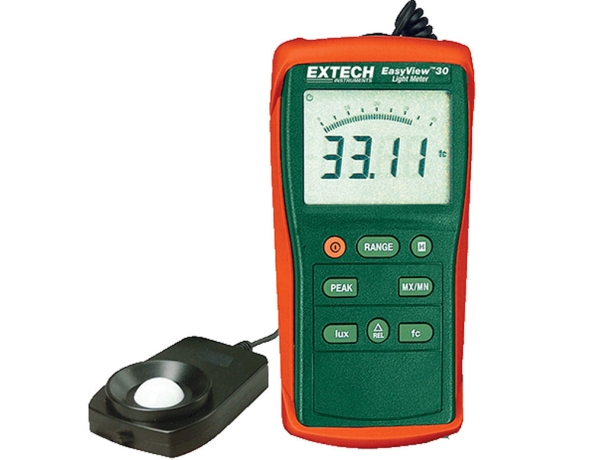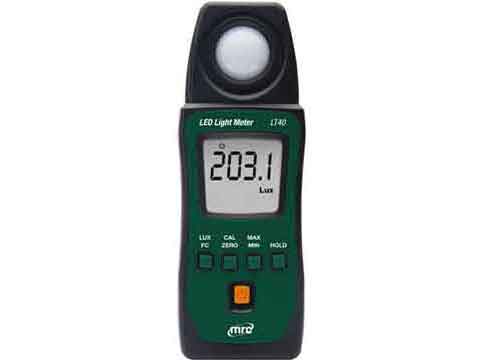Using a light meter, one can measure the amount of light in a specific area with a lightweight, portable device. Various applications and uses are possible with these highly sensitive measuring instruments.
In addition to measuring the amount of light in a room or building, light meters can ensure the area is adequately lit. Lux meters and exposure meters are other terms for light meters.
What is the purpose of light meters?
It is important to measure light levels in public places and workplaces for health and safety reasons. Coming to photography refers to assessing the ideal equipment and settings for a planned photo shoot.
Offices, hospitals, and schools - in fact, any place with significant foot traffic - are examples of the first type of location. The law requires employers to provide adequate and suitable lighting in their workplaces. This has implications for safety in public areas as well.
Professional photographers use handheld meters to optimize shots. By measuring ambient light, they can determine shutter speeds and apertures. When used outdoors, where ambient light levels tend to be complex, this is especially useful.
The lighting for film scenes is also controlled by light meters by cinematographers and film set designers. Light meters can also be used for:
- To ensure that plants receive enough light to grow healthily in hydroponics.
- The lighting system used in construction or architecture must have been installed properly.
- It is important to choose the correct position and angle when installing solar panels.
- Monitor and prevent light pollution by measuring light pollution levels.
Lux meters can easily be used in a domestic, commercial, or industrial environment for the following reasons, among others:
- Determining the light levels and intensity of the light
- To determine whether any adjustments need to be made
- Depending on the application, optimize both performance and comfort

What Does a Light Meter Measure?
The purpose of a light meter is to measure the brightness of the light. This includes things such as: Fluorescent light, High-pressure sodium and metal halide sources, Light-emitting bodies, UV light sources, Visible light sources, Incandescent lighting, LED lights.
Despite the fact that they can be used in several different settings, industries, and applications, the basic concept remains the same. A device such as this is made with the intention of being easy to use and versatile at the same time. As a final point, it is also worth mentioning that some models are evaluative, while others are capable of storing measurements either via internal memory or by means of the data logger that is built into the device. The angle at which the incident light is incident may also be corrected using the cosine function of some meters.
According to the type of light meter, each light meter will record light measurements in one of three different ways: footcandles (fc), candelas per square meter (cd/m2), or lux (lx). Calibration of a meter can help in ensuring that accurate measurements can always be taken, as it will ensure that the meter is operating correctly at all times, but the accuracy may decrease over time.
Advantages of using a Light Meter:
Many lux meters are small and portable handheld devices that are used for measuring light levels. Because of this, they have the advantage of being easy to transport, as well as being flexible enough to be used in a wide range of environments.
